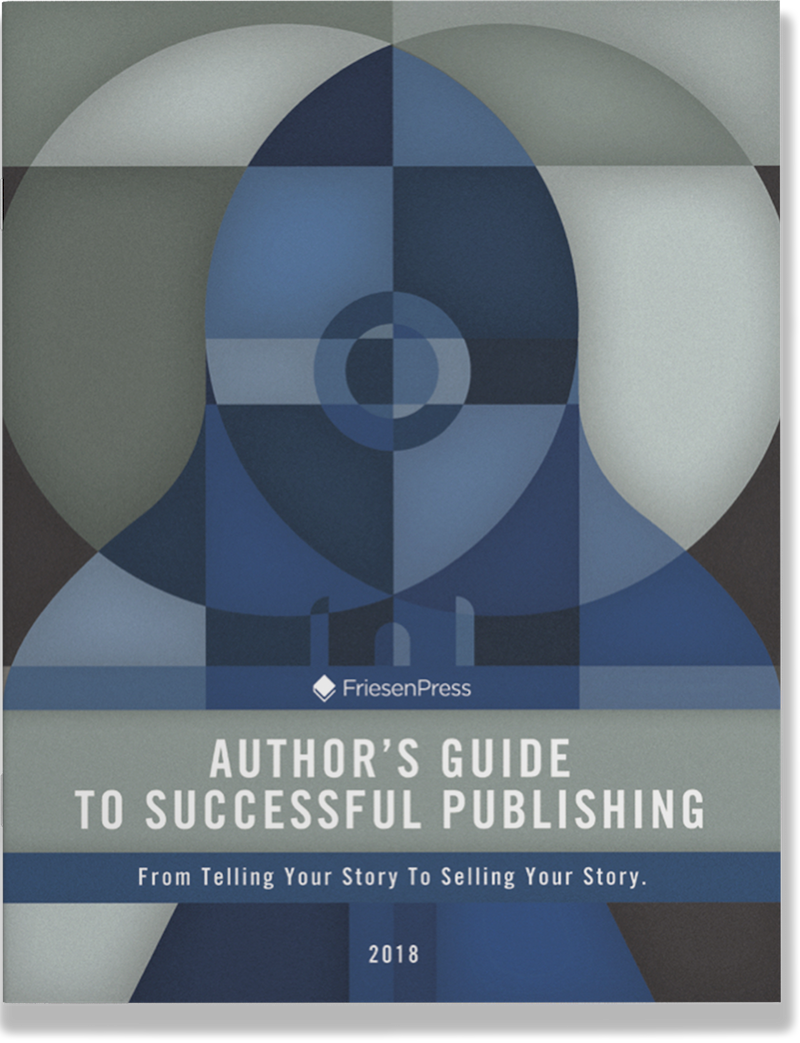How Beta Readers Help You Tell a Better Story
/How Beta Readers Help You Tell a Better Story
This week we’re pleased to bring you a special guest post by Kristina Stanley - a bestselling author and the CEO of Fictionary.co, a company that helps writers tell better stories. Welcome, Kristina!
When I finished the first draft of my first novel, Descent, I was exhilarated and terrified. Exhilarated because I’d accomplished my dream of writing a novel, and terrified because I now had to share it with someone.
But who?
My lucky husband got to be my first beta reader. He understood how important my story was to me. He’d be kind yet helpful. So I took a deep breath and hit the print button.
I couldn't be in the same room with him as he read. That was just too stressful.
Once he finished he gave me one of the most useful pieces of advice that I still use today. It came in the form of a question.
“Do you know you start every scene in a doorway?”
I hadn’t noticed that. His question made me do a full rewrite of every scene, looking at the opening. This is when I discovered the term in medias res - start in the middle of the action.
Now, before I share my story with anyone, I check the beginning of each scene and choose the opening carefully. I try to open with a hook for each scene.
As the years have gone by, I’ve had many beta readers and received a lot of valuable advice, comments, and questions. I couldn’t write the way I do without these precious people.
What's a Beta Reader?
A beta reader is a person who reads your manuscript before it’s published and provides you with feedback on your story. The feedback is usually on characters, plot, and settings. (Although you may get comments on copyediting and proofreading, too.)
A good beta reader gives you honest feedback, positive or negative, that you use to improve your story.
A bad beta reader says, “That’s a nice story. I liked it.” While that feels good, it doesn’t help you write a better story.
Tips for Getting Useful Feedback
Convincing friends to give you honest feedback is difficult. People who care about you usually don’t want to hurt your feelings and may be worried about beta reading.
Questions like “What if I don't like the story?” or “How will I tell you if I find something I don’t like?” may swirl around their heads while they’re thinking of a way to say no.
Make sure your readers understand you won’t be hurt or offended by negative feedback. Feedback on what’s not working is the only way for you to tell a better story.
To make it easy for your beta readers to know what you want, provide a list of specific questions or instructions. This will help your reader know what you want from them.
I ask beta readers to do or answer the following:
Mark anywhere you skim.
Did you get confused on who a character was?
Did you lose track of who was speaking?
I like to write with minimal dialogue tags, so this is critical.
Note anytime you suspect a character of being the villain or know the ending.
Mark each passage where you stopped reading.
Get your beta readers to mark this each time, even it was to have dinner, go to work, etc. If all your beta readers put the book down at the same passage, there may be a problem with the story.
Did you notice any story inconsistencies?
To help your beta reader, give them an example of what you mean. I once read a story where a dog was left at home in one scene, and in the next scene the dog was still with the owner. The author had forgotten where the dog was.
Avoid asking for copy editing or proofreading from beta readers. It’s ok if your readers notice errors and point them out, but what you want at this stage is input on your story, not on the grammar or typos.
Make Your Beta Reader Feel Special
Once you’ve put a lot of time into finding helpful beta readers, you want to keep them for your next book.
The first time a beta reader gives you negative feedback, thank them. If you make the suggested change, let them know. A beta reader will put a lot of effort into reading your story and seeing that their comments resulted in changes can be very satisfying.
When you ask someone to beta read, make it easy for the author by asking what format he/she would like to receive the manuscript in. I offer a PDF file first, but some prefer a printed copy and others mobi. Some like to receive manuscripts in .docx format as it’s easy to convert and read on a Kindle. I try to send the manuscript in the format the beta reader prefers. I believe it’s a sign of respect for the person.
In the acknowledgment section of your published book, thank your beta readers. Mine all love to see their names in the book.
Make your beta reader feel really special and send them a signed copy of your book once it’s published.
Let us know if you have any suggestions for working with beta readers. We’d love to hear from you!
Perform a Story Edit Before Sharing with Beta Readers
I’m the CEO of Fictionary, and we help writers tell better stories. Fictionary is software that helps you improve characters, plot, and settings, and when you’re done, you’ll know your story is ready to send to beta readers.
Why not try Fictionary? We have a 14-day free trial.
Thanks for reading!
###
Kristina Stanley is the best-selling author of the Stone Mountain Mystery Series, the stand-alone mystery Look The Other Way, and The Author’s Guide to Selling Books To Non-Bookstores.
Crime Writers of Canada nominated Descent for the Unhanged Arthur Award. The U.K. Crime Writers’ Association nominated Blaze for the Debut Dagger.










